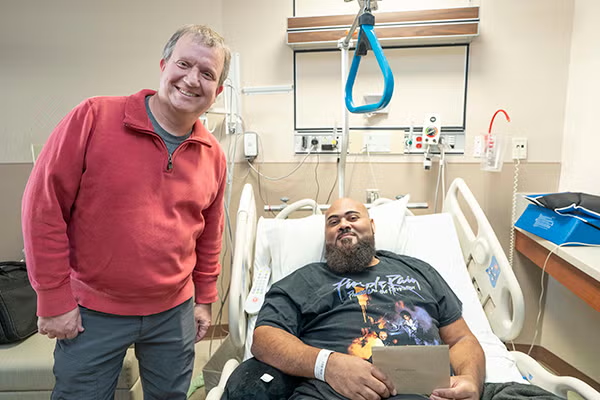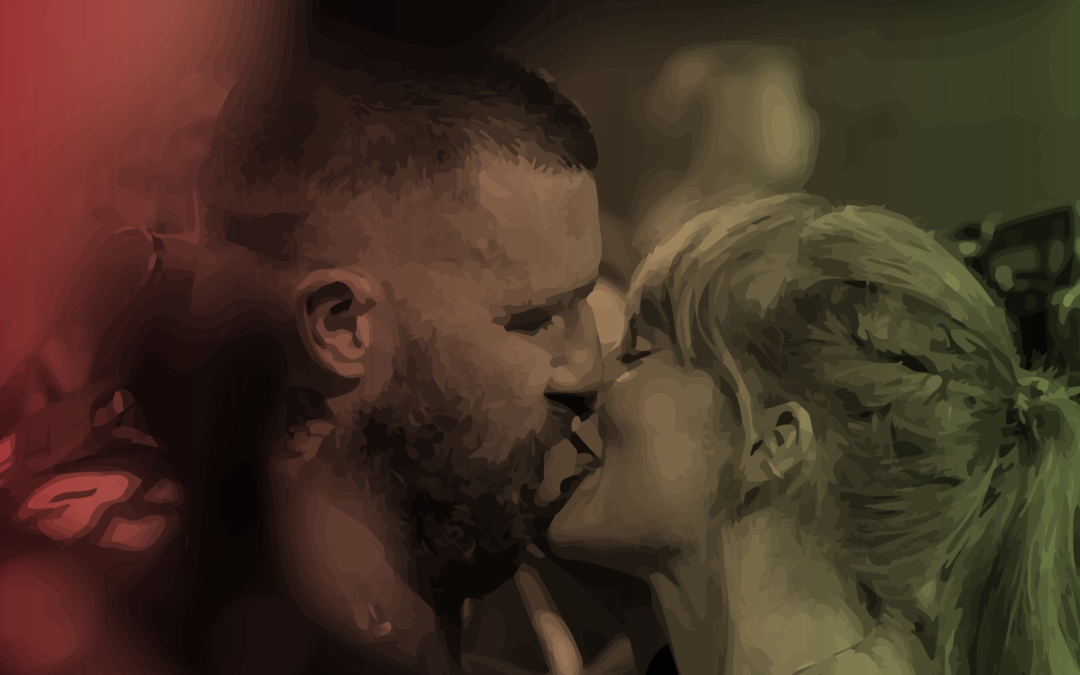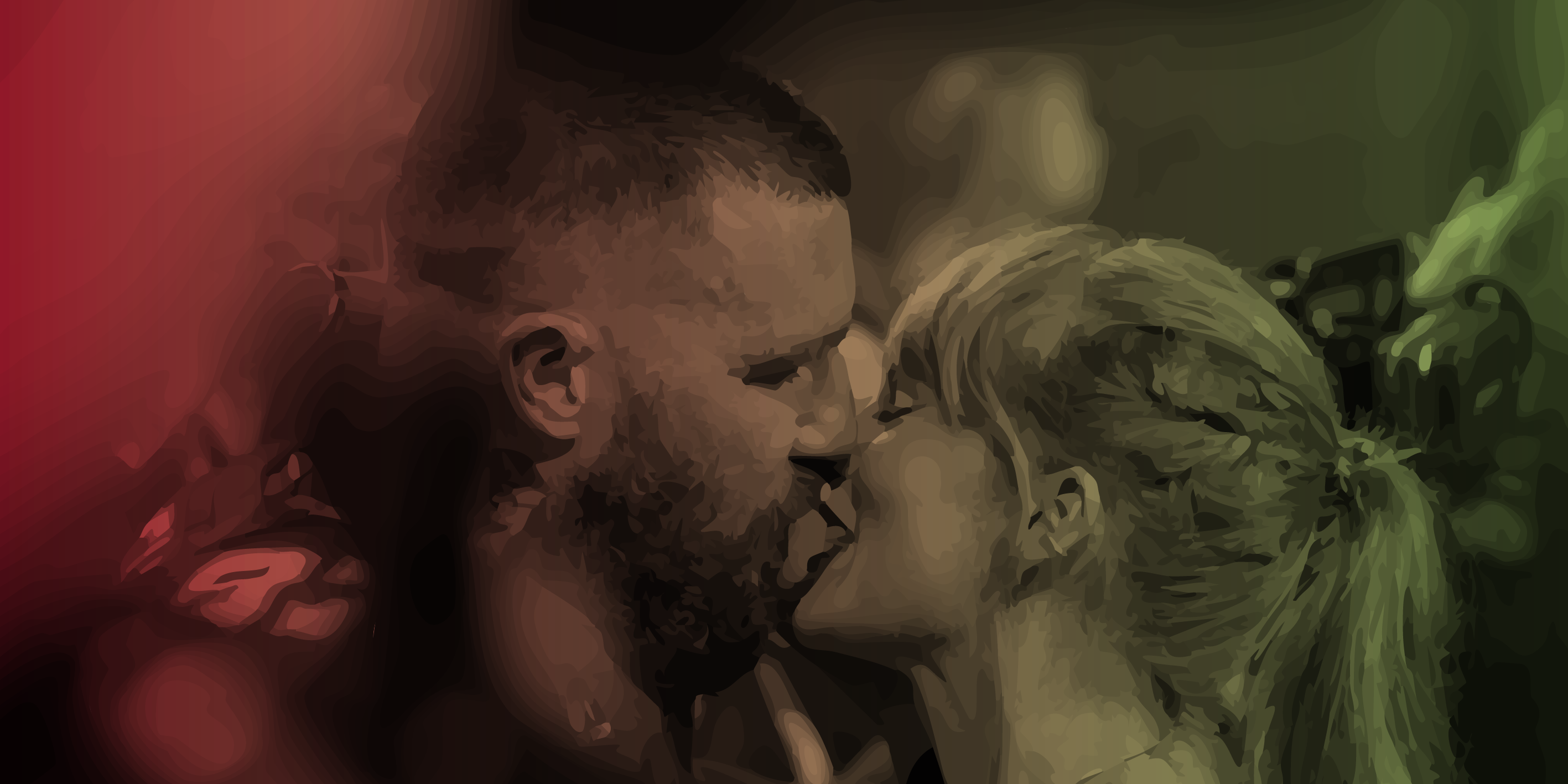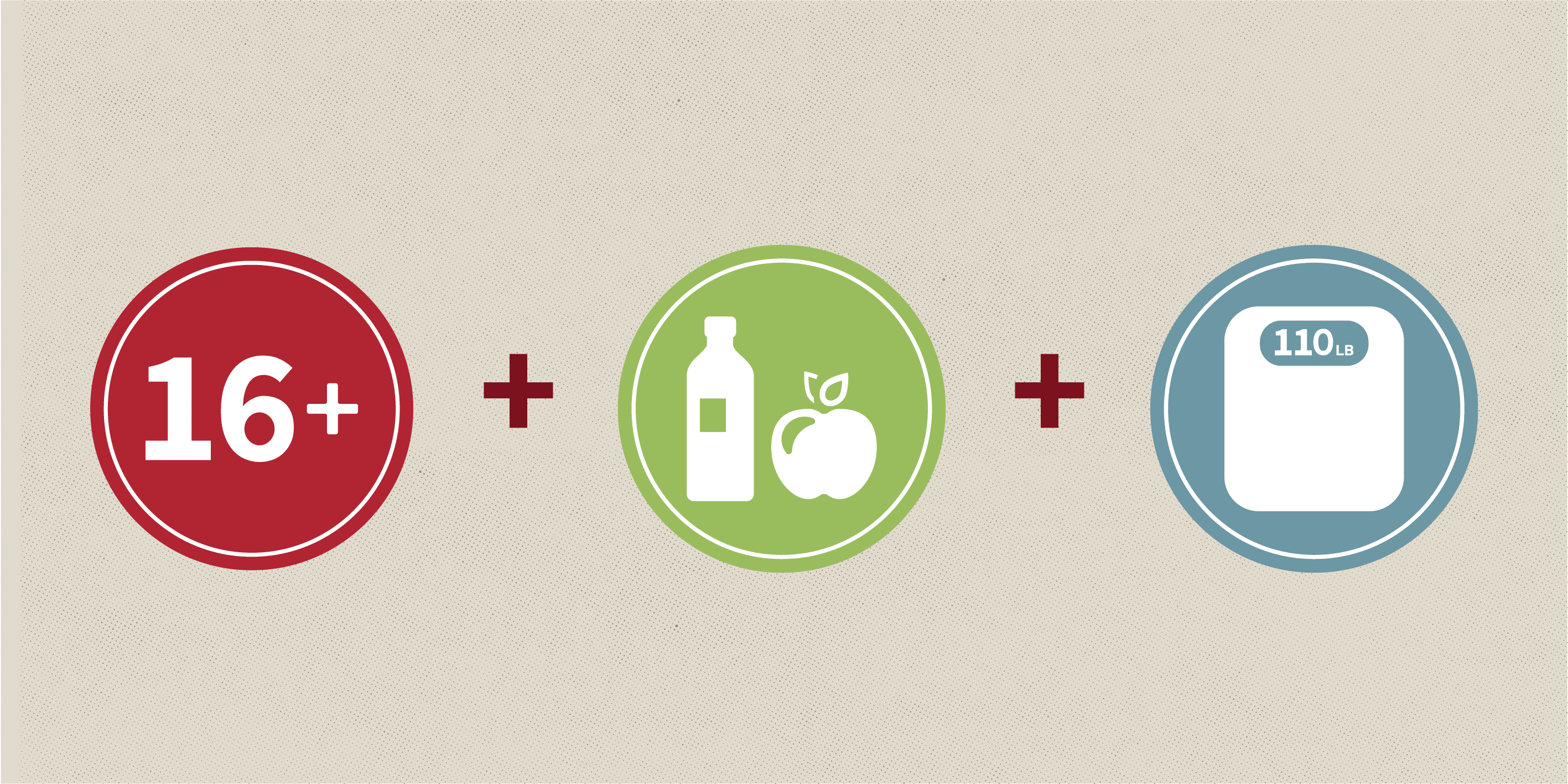
Marcus Bowser on Recovering from a Motorcycle Collision

Marcus Bowser on Recovering from a Motorcycle Collision
Written by: WakeMed Health & Hospitals
Riding motorcycles has been a lifelong passion for Marcus Bowser. The community of people he’s met with similar interests, the shared desire to do good in the community and the incredible views he’s experienced on his rides — have given him thousands of happy memories throughout the years.
For all the happy moments, Marcus faced one traumatic moment when on December 6, 2024, two days before his mother’s birthday, he was running errands, and a motorist ran a red light. The driver wound up in the intersection, colliding with Marcus’ motorcycle. He hit her right rear door and took flight — the motorcycle catapulting into the air. He fell to the ground and slid backwards, seeing his view of the collision grow smaller. He finally screeched to a halt 94 feet away from the location of the incident.
Serious Injuries
Marcus sustained significant road rash on his lower half. Unprotected from the motorcycle collision since he, coincidentally, was headed to exchange his defective safety pants for another pair. As such, he was not wearing them at the time — and the accident took place just one block away from his destination. Marcus also sustained an open book pelvic fracture, a broken left arm, an injured left wrist and abdominal and bladder damage.
Alert throughout the incident, once he came to a stop, several bystanders came forward. They urged him to relax and not move. Since he didn’t feel pain, he resisted their pleas — raising his right arm in front of his face to see that it looked normal. He then raised his left arm and saw that his wrist was about three inches back from its normal location. It was then he realized he was not fine.
“It was like a dream, and I quickly realized I was in shock. I attempted to sit up, but bystanders insisted I remain still until the ambulance arrived on scene.”
Several bystanders called 911. One bystander informed Marcus that he had witnessed the incident and knew that Marcus was the victim in the collision. He also encouraged Marcus to keep his eyes shut since he had glass on his face.
“I listened incredulous of the severity of my situation. I was grateful to learn later on that my helmet was not visibly damaged, and I had not suffered a head injury.”
A Swift Ride to WakeMed Raleigh Campus Level 1 Trauma Center
Emergency medical services technicians rushed Marcus to WakeMed Raleigh Campus Emergency Department. Upon arrival, he was immediately taken to imaging and received X-rays and computed tomography (CT) scans to determine the extent of his injuries. He also had abdominal ultrasounds to determine the full impact to his bladder — since he was not expelling urine at the rate he should have been. Marcus was quickly established as a Level 1 Trauma Center patient.
Motorcycle Collision: Critical Blood Transfusion Needed
With significant blood loss from multiple, serious injuries, he required donor blood to save his life.
Considering the generosity of the stranger who gave freely, Marcus says, “Thank you so much for your lifegiving blood donation. It saved my life and made a huge impact. Because of your donation, I’m still here. I hope to recover completely and get back to some level of normalcy. I also now plan to become a blood donor, and my motorcycle group also intends to join together to participate in a blood drive.”
The Blood Connection works in cooperation with WakeMed Pathology Lab to supply blood for medical emergencies and illnesses.
Jon Tiller, one of Marcus’ donors comments, “Donating blood helps patients who have experienced traumatic injuries and illnesses. I give every two months, and it is a relatively easy process since blood centers and buses are available strategically throughout the area. It takes about seven to 10 minutes for the withdrawal, and the full process from start to finish takes about a half hour. Meeting Marcus felt really good. To know that blood donation was instrumental in saving his life following his collision made it clear to me why it is so important to be a donor.”
Following the stabilizing impact of blood donation, Marcus had to undergo repairs for his severe injuries — equally essential to his survival.
Surgeons Patch Marcus Back Together
“I underwent four surgeries in all.”
Timothy Harris, MD, a Wake Orthopaedics surgeon, addressed his open book pelvic fracture. He added an external fixator application to Marcus’ pelvis and bilateral sacroiliac screws to reconnect his pelvis to the triangular bone at the base of the spine. Later, he removed the external fixator and performed internal fixation, so his body could move again.
Dr. Harris confirms, “The blood transfusions and emergency surgeries performed by ortho and general surgeons were essential to save Marcus’ life.”
Trauma surgeon Amirreza Motameni, MD, completed a diagnostic laparoscopy, which converted to exploratory laparotomy by making two large incisions into Marcus’ abdomen to allow direct examination of the abdominal organs. He then used preperitoneal packing to control severe bleeding in his pelvic region, resulting from his pelvic fractures. This involved packing the space just anterior to the peritoneum with gauze, effectively controlling retroperitoneal hematoma.
Scott Moore, MD, a gastrointestinal and trauma surgeon, took Marcus back for exploratory laparotomy to remove previous packing and ensure no further bleeding.
Robert Howard, MD, a Wake Orthopaedics trauma surgeon, performed open reduction and internal fixation for Marcus’s complex left distal radius and ulna shaft fractures. This surgery was necessary to restore anatomic alignment of his forearm and optimize his chance for full functional recovery.
Hope and Loss
His motorcycle family sent a helmet they’d signed as a get well soon reflection to give him hope for recovery.
Marcus was encouraged by these sentiments since the timing of the accident meant he missed a lot of important moments.
“I was in the hospital for my mom’s birthday, Christmas and New Year’s. This was difficult, especially because my motorcycle group and I had organized a toy drive for needy children, and I missed out on that.”
Plans for a Brighter Tomorrow
Eventually, Marcus will be transferred to a rehabilitation hospital once he has healed enough to be weight bearing.
His hope is to return to his blue collar work, navigating up and down in an assembly line and working with his hands to manufacture machines that vaccinate chicken eggs. The manager has assured Marcus that once he is well enough, they would love for him to return to work.
Thinking on the future of riding, Marcus realizes it could be a ways down the road. He is grateful for his many wonderful memories, experiences with his group and the opportunity to meet people from all walks of life.
About the WakeMed Trauma Program
From pre-hospital and emergency care to surgery, intensive care and rehabilitation, WakeMed’s Trauma program features a network of care and specialists who are dedicated to preserving life and getting patients on the road to recovery. A continuum of services support trauma patients, starting with EMS and our trauma surgeons to spiritual care, imaging, lab, neurosurgeons, orthopaedists, rehab specialists and more.
WakeMed Trauma Centers
As Wake County’s only provider of trauma services and a regional trauma referral center, our two trauma centers — a Level I Trauma Center at Raleigh Campus and a Level III Trauma Center at Cary Hospital — and the WakeMed Trauma teams are standing ready to provide immediate care for the seriously injured.
About Blood Donation
WakeMed has partnered with The Blood Connection to host community blood drives at various WakeMed locations. The Blood Connection is WakeMed’s blood product vendor, so your donations will directly benefit our patients. We hope you will join us in supporting The Blood Connection and our patients by donating at one of these upcoming blood drives! Register now to reserve your spot at one of our upcoming blood drives, or search for a blood drive near you on the Blood Connection’s site. As a token of appreciation, donors will receive a e-gift card from The Blood Connection.
About Wake Orthopaedics
For over two decades, Wake Orthopaedics has been serving the Triangle community with comprehensive orthopaedic care dedicated to help patients regain their mobility and restore their quality of life. With specialties and expertise in conditions of the bones, muscles and joints, our team of board-certified and fellowship-trained specialists utilize progressive treatments and state-of-the-art technology to care for everything from shoulder injuries and fractures to ACL injuries and arthritis. In addition to traditional orthopaedic services, Wake Orthopaedics provides Orthopaedic Urgent Care access on nights and weekends, physical and occupational rehabilitation services and sports injury prevention. Wake Orthopaedics is a WakeMed Physician Practice.







